





 |
 |
 |
 |
 |
 |
| photosbyduke | profile | all galleries >> Galleries >> Scissor-tailed Flycatcher | tree view | thumbnails | slideshow |
| previous page | pages 1 2 ALL | next page |
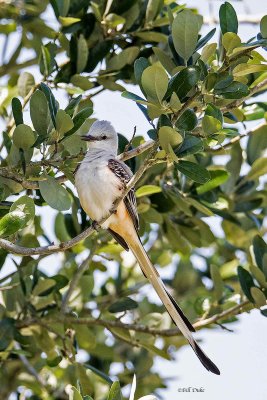 |
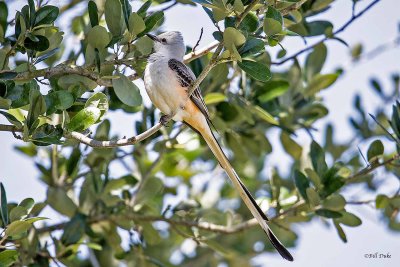 |
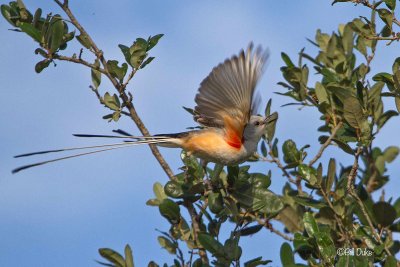 |
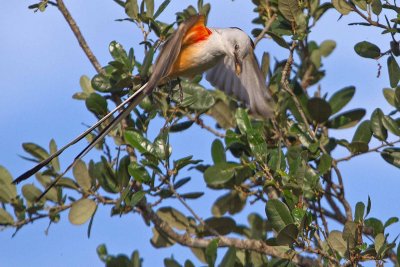 |
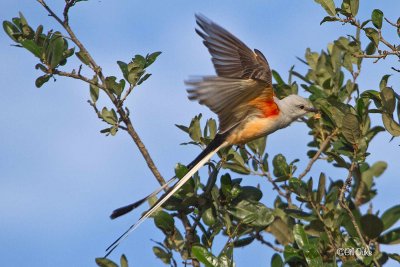 |
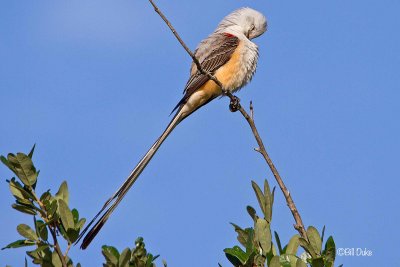 |
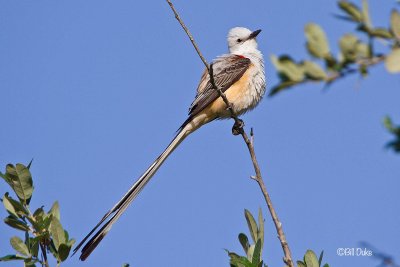 |
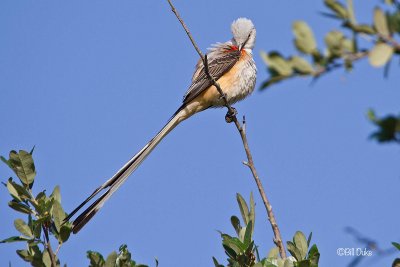 |

:: Territorial Displays :: |

:: Singing Male :: |
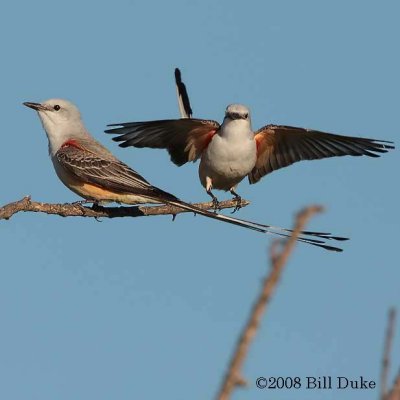
:: Fighting Males :: |
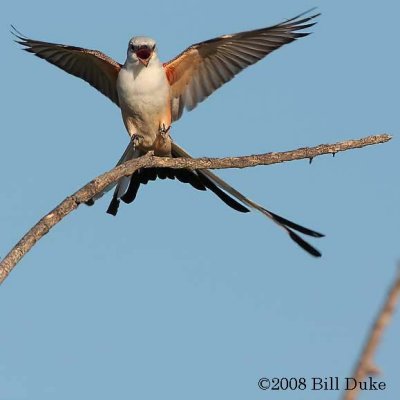
:: Sky Dance :: |
| previous page | pages 1 2 ALL | next page |
| CalvinT | 02-Aug-2012 17:09 | |
| CalvinT | 02-Aug-2012 17:04 | |
| Nydia | 28-Jul-2012 14:37 | |
| Guest | 20-Jul-2012 01:26 | |
| Ralph Miller | 30-Jun-2012 06:23 | |
| Guest | 31-May-2012 00:28 | |
| Ruth | 23-Jun-2011 20:19 | |
| Gerry | 27-Jun-2010 14:55 | |
| larry h | 28-Jun-2009 02:27 | |
| Jean | 28-Apr-2008 14:34 | |